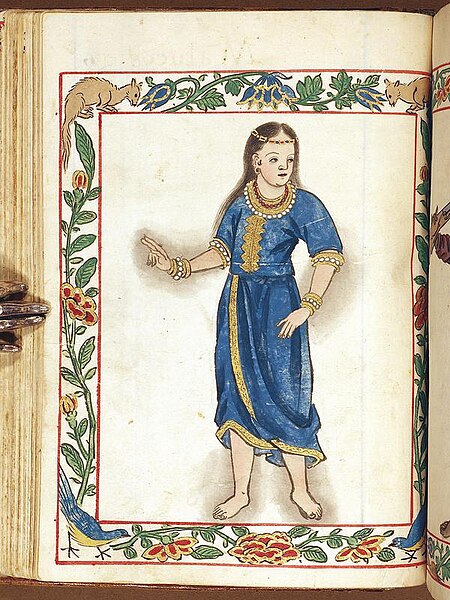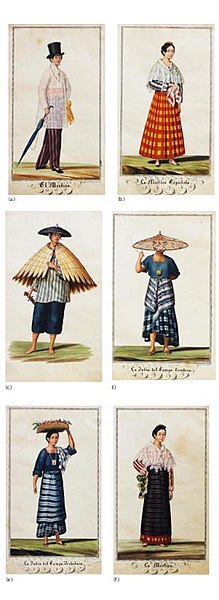Languages of the Philippines
There are some 130 to 195 languages spoken in the Philippines, depending on the method of classification. Almost all are Malayo-Polynesian languages native to the archipelago. A number of Spanish-influenced creole varieties generally called Chavacano along with some local varieties of Chinese are also spoken in certain communities. The 1987 constitution designates Filipino, a standardized version of Tagalog, as the national language and an official language along with English. Filipino is regulated by Commission on the Filipino Language and serves as a lingua franca used by Filipinos of various ethnolinguistic backgrounds.
Sign in Palawan in English, Filipino, Cebuano, Chinese, Korean and Russian.
A warning sign in Banton, Romblon in English, Filipino, and Bantoanon.
Regional languages of the Philippines.
Stair risers showing some of the different regional languages used in the Philippines, from top to bottom: Filipino, Tagalog/ Filipino (written in Baybayin), Cebuano, Bicolano, Ilocano, Kapampangan, and Hiligaynon. The statement, when roughly translated to English, means "[Let us] meet and join. Christmas is fun in UP Manila."
Filipinos are citizens or people identified with the country of the Philippines. The majority of Filipinos today are predominantly Catholic and come from various Austronesian peoples, all typically speaking Filipino, English, or other Philippine languages. Despite formerly being subject to Spanish colonialism, only around 2–4% of Filipinos are fluent in Spanish. Currently, there are more than 185 ethnolinguistic groups in the Philippines each with its own language, identity, culture, tradition, and history.
The Negritos are descendants of one of the earliest groups of modern humans to reach the Philippines
Binukot from Visayas, c. 1590 Boxer Codex
Tipos del País works by Justiniano Asuncion
Economic Life in Spanish Colonial Philippines, with Native and Sangley Chinese traders








